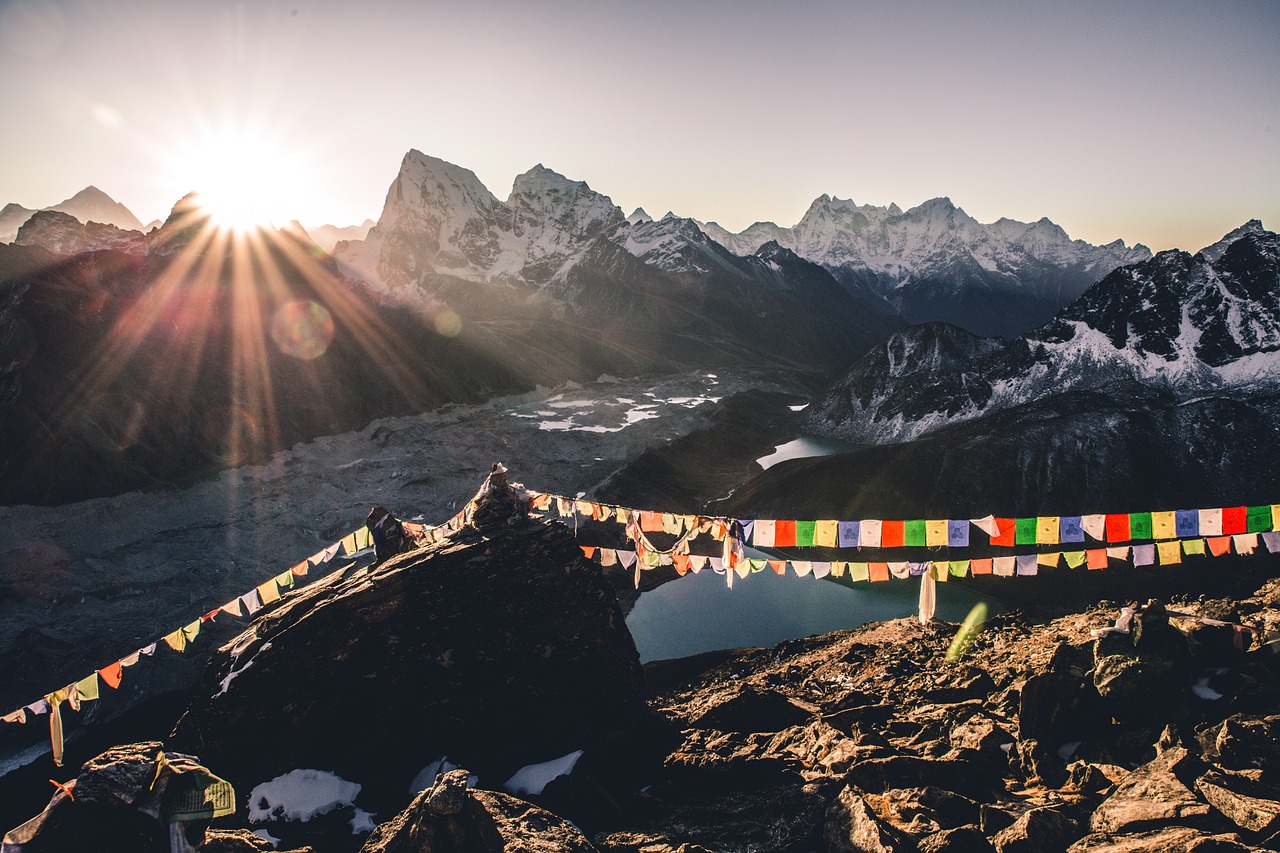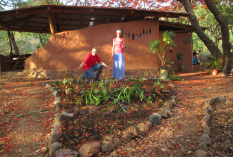Thanks to its commitment to preserving natural and cultural heritage while benefiting local communities, Nepal is the perfect destination for sustainable vacations. The country’s diverse ecosystems, including the Himalayas and its lush forests, are protected through numerous conservation efforts. There are also opportunities for visitors to contribute through community-based tourism initiatives while experiencing authentic local culture and traditions.
Here’s a guide to sustainable vacations to Nepal.
Understanding Culture and Customs
The most important thing to do when travelling sustainably to Nepal is to understand the country’s culture and customs. Doing so helps you interact respectfully with local communities, minimising negative impacts on the culture and the environment. Nepal has many ethnic groups with different languages, cultures, and traditions. By familiarising these cultural nuances, you can meaningfully engage with locals, engage in cultural activities, and positively contribute to the local community.
Using responsible travel guides on treks in Nepal can help facilitate the understanding of local culture and customs. Such guides provide insights into local customs, traditions, and etiquette, helping you navigate cultural differences with sensitivity and respect. They also highlight sustainable tourism practices, such as supporting community-based initiatives, minimising environmental impact, and respecting cultural heritage sites.
Moreover, understanding Nepalese culture enhances your travel experience since it helps you establish genuine connections with locals and facilitates immersive cultural exchanges. It allows you to appreciate the depth and diversity of Nepal’s cultural heritage while contributing positively to preserving its traditions and environment.
Responsible Trekking Practices
Home to the world’s tallest mountains, Nepal lures avid trekkers, particularly those keen on conquering the ultimate challenge – climbing Mount Everest. However, the massive increase in trekkers and climbers caused concerns, putting the environment at risk and causing negative cultural impacts, not to mention compromising safety. Therefore, if you plan to trek in Nepal, you should educate yourself on responsible trekking practices.
Responsible trekking practices minimise your environmental footprint, respect local cultures and communities, and prioritise safety. In the context of climbing Everest, this means adhering to Leave No Trace principles, which include packing out all waste, avoiding single-use plastics, and staying on designated trails to prevent erosion and habitat destruction. Additionally, supporting local guides, porters, and businesses ensures that tourism benefits the communities that call the Everest region home.
Moreover, responsible trekking involves respecting the cultural significance of the mountains to the Sherpa people and other indigenous communities. Being sensitive to their traditions, such as prayer flag etiquette and sacred sites, facilitates mutual respect and appreciation.
Safety is also paramount when trekking in Nepal, especially on challenging routes like trekking to Everest base camps. As a responsible trekker, you must prioritise your safety and well-being and that of others by being adequately prepared, hiring experienced guides and porters, and adhering to regulations set by local authorities.
By embracing responsible trekking practices, you can enjoy Nepal’s beauty while minimising your environmental impact and supporting local communities.
Reduce Plastic Usage
One of the most important practices to follow when travelling to Nepal sustainably is to reduce plastic usage due to the country’s limited waste management infrastructure and the environmental impact of plastic pollution. Nepal’s stunning natural landscapes, from the towering Himalayas to lush valleys, are increasingly threatened by the accumulation of plastic waste, often left behind by trekkers. Aside from destroying Nepal’s pristine beauty, it poses significant risks to wildlife and local communities.
Minimising plastic usage is also one of the best ways to reduce your environmental footprint. Simple things like reusable water bottles, shopping bags, and food containers can help avoid single-use plastics commonly used in packaged goods and bottled water. Water purification methods like filters or tablets can also help reduce plastic waste.
Supporting local businesses that adhere to sustainability, such as eco-friendly lodges and restaurants that use biodegradable or reusable alternatives, further helps mitigate plastic pollution. Educating oneself about local waste disposal practices and participating in cleanup initiatives can also contribute positively to the environment.
Aside from helping to preserve Nepal’s natural beauty, reducing plastic use also sets a positive example for other travellers and supports the country’s efforts towards sustainable tourism.
Observe Wildlife in An Ethical Manner
Seeing the wildlife is one of the highlights of your sustainable vacation to Nepal. But it’s crucial to observe wildlife ethically to help preserve the country’s diverse ecosystems and species for future generations. Nepal is home to an incredible array of wildlife, including endangered species like the Bengal tiger, one-horned rhinos, and red panda. By practising ethical wildlife observation, you can help protect these animals and their habitats from the negative impacts of tourism.
Ethical wildlife observation involves maintaining a respectful distance from animals to avoid disturbing their natural behaviours. It prevents stress and potential harm to the wildlife, ensuring that you don’t disrupt their daily activities, such as feeding, mating, and nurturing their young.
You should also follow guidelines set by local authorities and conservation organisations. These rules are in place to minimise human impact on wildlife and their habitats.
More importantly, avoid activities that exploit animals, such as riding elephants or visiting unethical wildlife attractions. Instead, support sanctuaries and reserves that focus on conservation and rehabilitation.
Choose Less Popular Trails
Another sustainable way to trek in Nepal is to choose less popular trails. Doing so helps alleviate the environmental pressure on heavily trafficked routes like the Annapurna Circuit. These popular trails experience significant foot traffic, leading to soil erosion, waste accumulation, and habitat disruption. By opting for less frequented paths, you can distribute the impact more evenly across the region, reducing the strain on the most popular trekking routes.
Additionally, exploring less popular trails provides economic benefits to remote communities often overlooked by mainstream tourism. Trekkers who venture into these areas contribute to the local economy by staying in small lodges, eating at local teahouses, and hiring local guides and porters. This support helps to sustain livelihoods and encourages the development of community-based tourism initiatives that prioritise environmental conservation and cultural preservation.
Moreover, less crowded trails also offer a more authentic and peaceful trekking experience. You can enjoy the pristine beauty of Nepal’s landscapes with fewer crowds, allowing you to connect with nature while immersing in the local culture.











